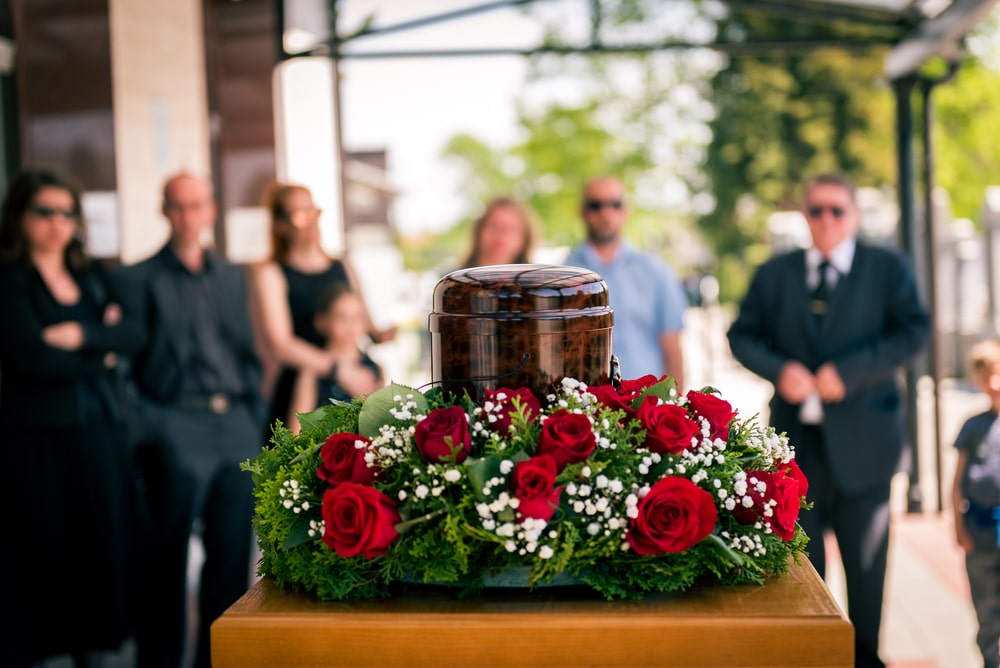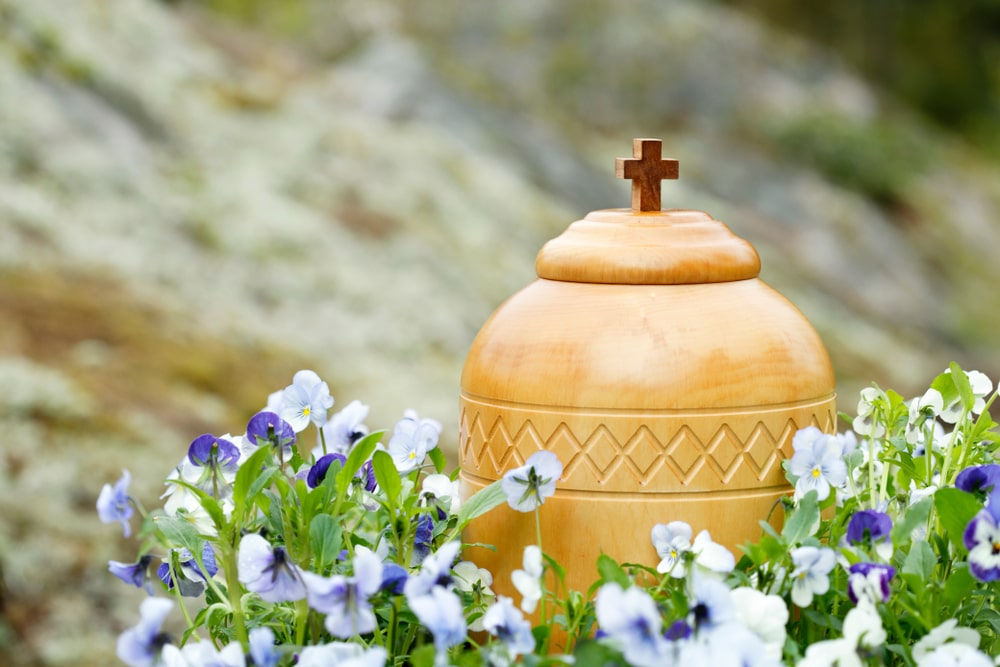
For decades, flame-based cremation has been the norm across the country, but in recent years, a new form of cremation has begun to spread – water-based cremation. With this new option, you may have questions. How does water-based cremation work? How is it different from flame-based cremation? Is there a cost difference? What about the environmental impact? Today, let’s discuss the key differences between these two forms of cremation so you feel better prepared to make decisions when the time comes.
Let’s Define Both Forms of Cremation
In general, cremation is the process of breaking down the soft tissue of the body, leaving behind only the skeleton. This remaining bone is then processed through specialized equipment that creates a fine consistency commonly called “ashes” (or “cremains”). Regardless of which form of cremation is chosen, the end result is that a loved one’s ashes will be returned to the family with respect and dignity.
Flame-Based Cremation
Also called “fire cremation,” “traditional cremation,” or just “cremation,” flame-based cremation uses heat and direct flame to reduce the body to ashes. The body is placed in a cremation retort where natural gases, such as propane or butane, are used to burn the body for approximately 2-4 hours.
Temperatures often reach 1,400-1,800 degrees Fahrenheit, and the crematory operator may use a long shovel to reposition the body throughout the cremation process. This repositioning ensures that the body reduces more quickly.
Once the cremation process is complete, the remaining bone is removed from the cremation retort and processed into ashes using a cremulator. The ashes are then returned to the family, who can have a memorial service, place the ashes in a final resting place, or take them home.
Water-Based Cremation
Water-based cremation also goes by other names, such as “water cremation,” “aquamation,” “alkaline hydrolysis,” or “bio-cremation.” Water cremation uses a combination of water and alkali salts in conjunction with low heat to reduce the human body to bone.
To begin, the body is placed in a completely sealed chamber. Then, approximately 27 gallons (100 liters) of water and a small amount of alkaline chemicals are used to fill the chamber. Once filled, the chamber is gently heated (200-350 degrees Fahrenheit) and agitated to encourage decomposition. Over the next 4-16 hours, the soft tissue of the body is dissolved and all that remains is bone. (The range of 4-16 hours depends on the temperature and pressure used by the crematory operator.)
As with flame-based cremation, the bones are then finely processed into ashes and returned to the family. The remaining liquid byproduct is sterile, so it can be discarded easily and safely.
Next, Let’s Talk about Environmental Impact
As with any form of final disposition (burial, water cremation, fire cremation, burial at sea, etc.), there’s going to be some form of impact on the environment.
Flame-Based Cremation & the Environment
Between the two, flame-based cremation does impact the environment more. The use of larger amounts of propane/butane to achieve high heat releases carbon dioxide into the environment. Also, other pollutants, like the mercury from dental fillings, can contaminate the air. While newer technologies and facilities have been put in place to capture and filter out mercury, it’s still possible that emissions will occur.
One way to reduce the emissions released by flame-based cremation is to use an alternative container (made of cardboard) instead of a casket during the cremation process. It takes more energy and fuel to burn the casket in comparison to an alternative container. To learn more about cremation caskets, read “A Quick Guide to Cremation Caskets.”
Water-Based Cremation & the Environment
With water-based cremation, greenhouse gases are still released into the environment, but on a smaller scale. By using less energy and lower temperatures, water cremation produces fewer of these types of emissions. Additionally, there’s no risk that pollutants will be released into the atmosphere. For example, the alkaline mixture effectively neutralizes and captures any mercury present in the body. Also, medical implants can be recycled, when possible.
Now that you have a better understanding of each cremation process and its individual impact on the environment, let’s talk through several other differences.
Is there a Cost Difference?
Yes, there is a cost difference. At this time, fire cremation is generally more affordable because many funeral homes already have access to the equipment and infrastructure needed. Because water-based cremation takes longer and requires equipment that may not be readily available in your area, it typically costs more.
In the coming years, as water cremation becomes more accessible, the cost may align more closely with flame cremation. If you are interested in water cremation, speak with your preferred funeral home. You can compare the costs of the two types before choosing how you’d like to proceed.
What Alkaline Chemicals are Used in Water Cremation?
The solution used is water (95%) blended with an alkali solution of potassium hydroxide and/or sodium hydroxide. Potassium hydroxide and sodium hydroxide accelerate the natural decomposition process that would occur in soil over many years.
Is there a Difference in the Ashes Received by the Family?
There is! With flame-based cremation, ashes are often gray or gray-white in color, coarser to the touch, and may contain visible bone fragments. The intense heat causes chemical changes in the bone’s composition, which results in the gray color and coarse texture.
Due to the lower temperatures and alkaline solution used, the bone goes through a more consistent breakdown with water cremation. Consequently, the ashes are whiter in color and smoother in texture.
Despite the visual differences, both types of ashes are composed of the same material: calcium phosphate. The fundamental composition is so similar that both types of remains can be handled, stored, and memorialized in identical ways.
What is the Availability for Each Form of Cremation?
Flame-based cremation has been an accepted practice for many years and is readily accessible and available in all states. On the other hand, water cremation is relatively new and not available in all states. However, given time, water cremation may become as prevalent as fire cremation. Click here to learn your state’s stance on water cremation.
What’s Next?
Now that you understand the differences, the next questions to ask yourself are: What’s my preference? Is it available at my preferred funeral home or in my state/area?
The best person to help you understand your local options is your trusted funeral professional! Both cremation methods come with pros and cons, and meeting with a funeral professional can make all the difference. They can help you evaluate and understand the choices available so you can make an informed decision that aligns with your values and meets your needs.






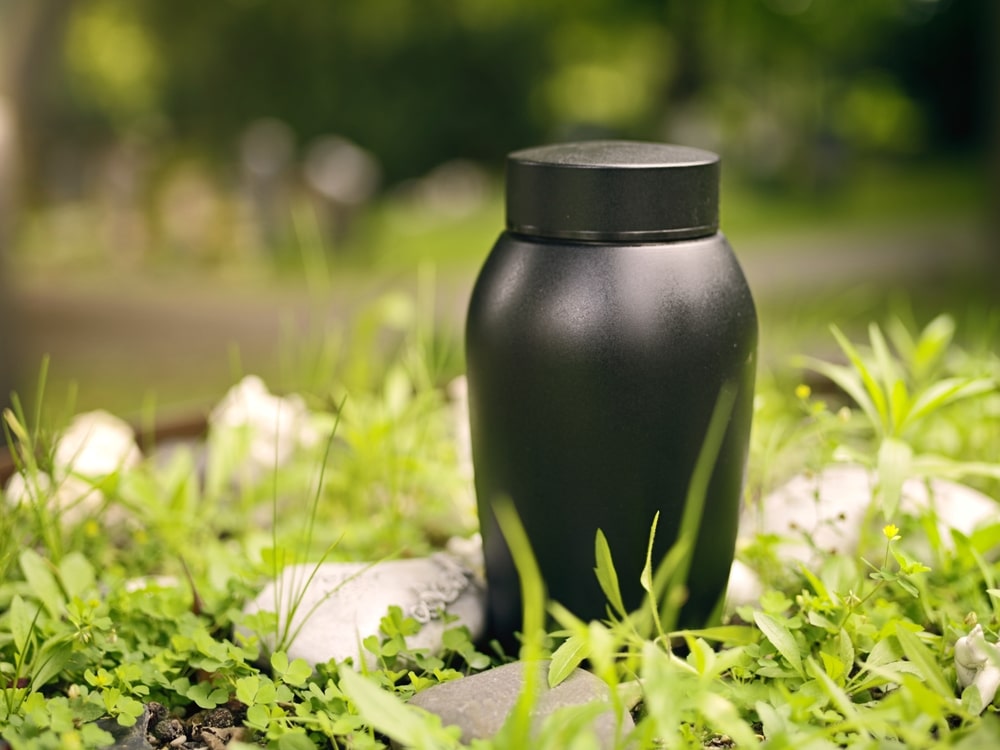

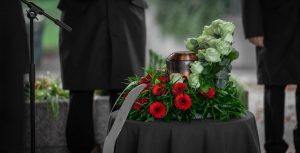





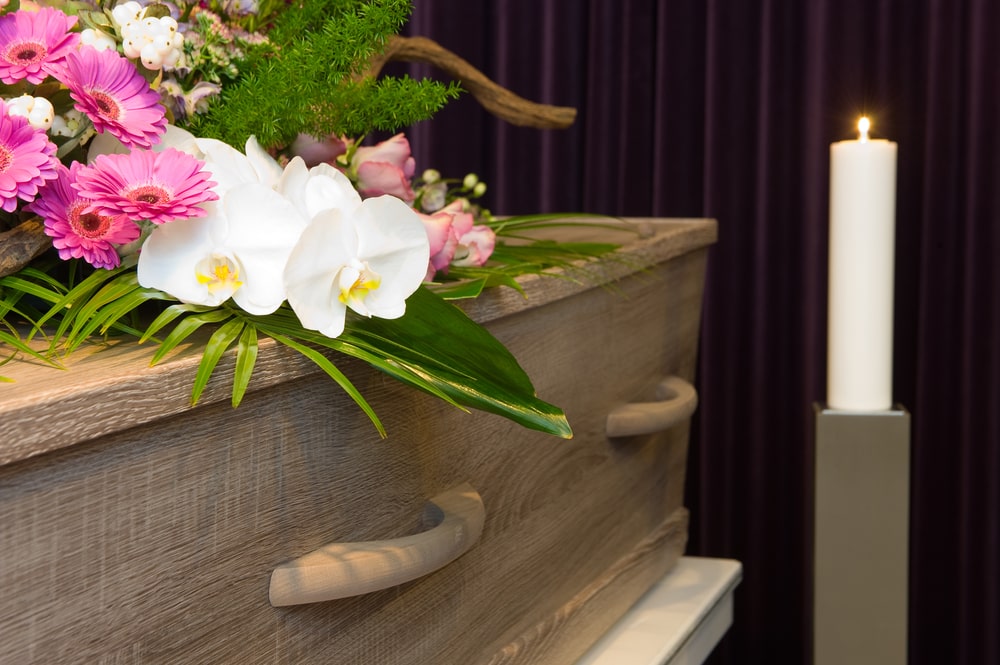








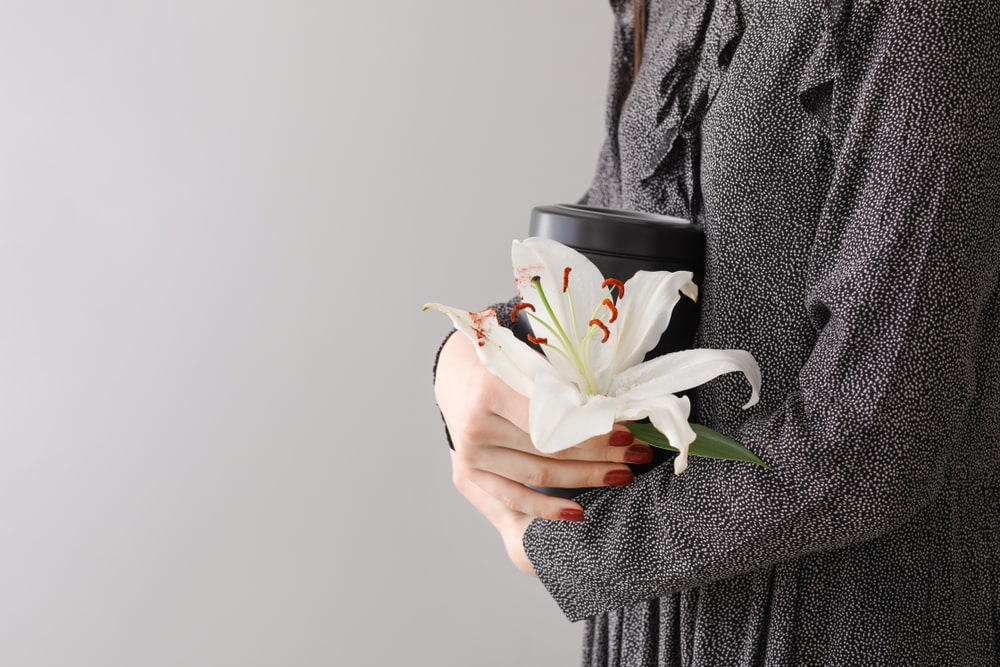





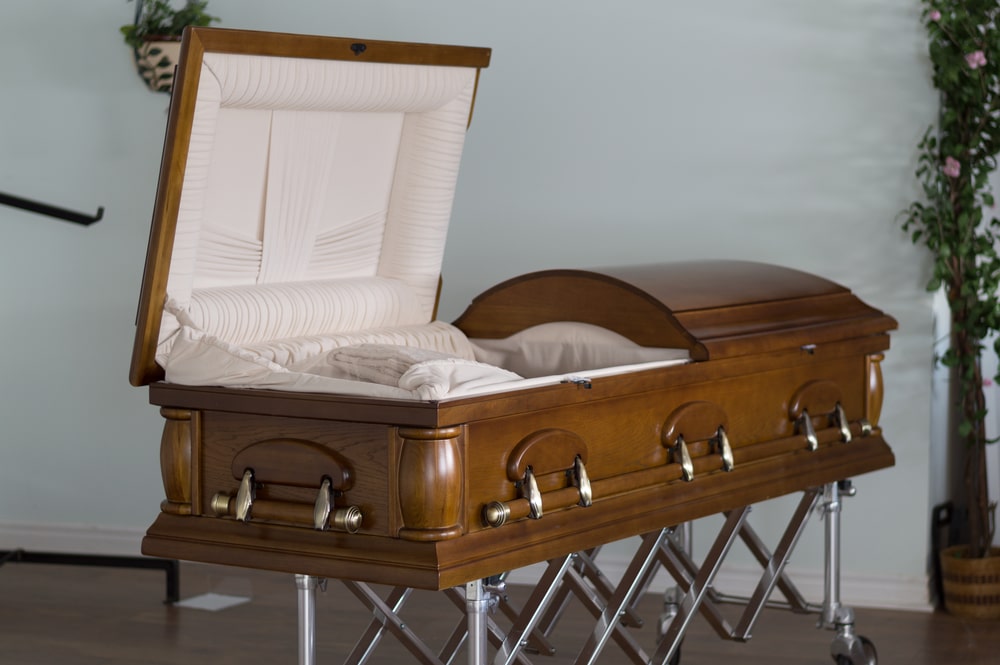



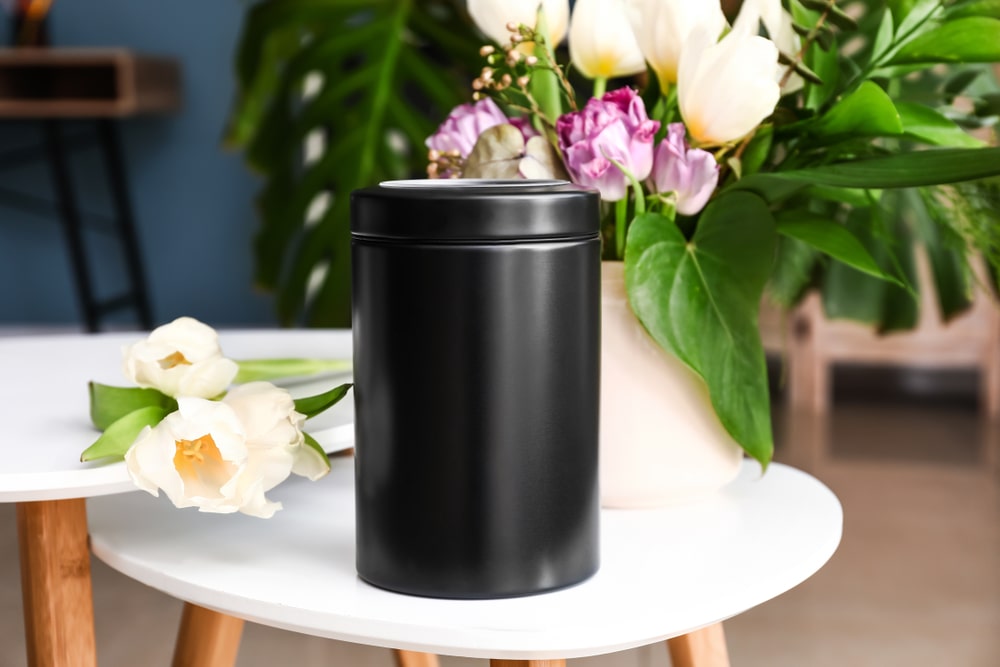











 (Photo: Joshua Tree National Park, California)
(Photo: Joshua Tree National Park, California) (Photo: Zion National Park, Utah)
(Photo: Zion National Park, Utah) (Photo: Shenandoah National Park, Virginia)
(Photo: Shenandoah National Park, Virginia) (Photo: Yosemite National Park, California)
(Photo: Yosemite National Park, California) (Photo: Redwood National Park, California)
(Photo: Redwood National Park, California) (Photo: Badlands National Park, South Dakota)
(Photo: Badlands National Park, South Dakota) (Photo: Haleakala National Park, Hawaii)
(Photo: Haleakala National Park, Hawaii)